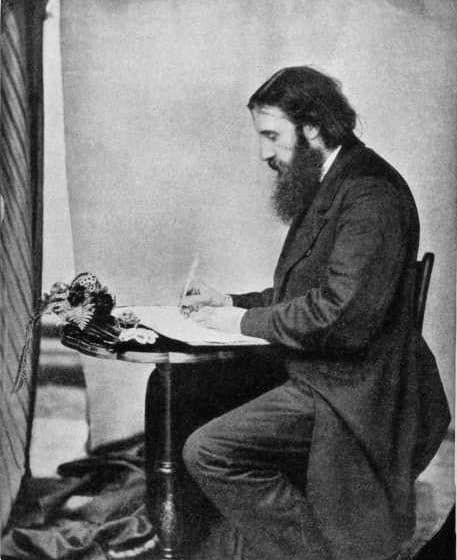
“This is the religious way, isn’t it? It can be nothing but empty ritual. If it’s not ritual, it can be something we wield rather than a path we walk toward God. Without God’s presence in it, it gets twisted to something very much human and ugly.”- Timothy D. Willard (emphasis author’s)
As Timothy Willard moves on in Chapter 15 of The Beauty Chasers, he talks about the loveliness and beauty of Christ. Thus, Timothy observes, throughout the ages spiritual thinkers like Augustine believed that creation, in a sense, held the fingerprints of God. Hence, if you spend time in meditation and prayer as you pursue quiet and solitude, you can understand more intensely God’s beauty and holiness.
When C. S. Lewis first read Phantasies by Scottish poet and minister George MacDonald, Lewis experienced what he called the bright shadow of beauty. Because this oxymoron best described the numinous delight Lewis experienced. However, Tim notes, later in life Lewis understood that he was experiencing holiness.
In addition, Timothy explains, part of the beautiful includes what we can see. Above all, the beautiful is something we become. And that happens through the crucible of humility, through lowliness. The author adds:
“Remember who came to us ‘humble, riding on a donkey.’ The beautiful contains the lowly of heart and position. For only in the act of giving up the self do we discover the truth of God’s love, his hesed, or steadfastness. . . . we too often relate moralism with holiness. We think of holiness as only referring to one’s behavior. But that’s not the entire picture of holiness . . .”
In conclusion, Tim cites Eugene Peterson, who stresses that a disciple of a learner. But not in the sense of what happens in the academic setting of the classroom. Rather, learning occurs at the worksite of a craftsman. And that takes time, an eye for beauty, and patience.
Today’s question: How do you connect with God’s presence along the religious way? Please share.
Tomorrow’s blog: “The price of intimacy – an invitation”

